Legal Letter to Tell Someone Ro Back Iff Business Dwal
How to ask a client for payment without being rude (email templates included)
So, after a lot of focus, dedication, and productive work, you've finished and delivered another freelance project. And, now it's time for the really hard part – waiting to get paid.
Sometimes, you'll get paid on the date previously agreed on with the client, not much sooner or later.
More often than not, sadly, you'll find yourself waiting past the agreed point.
At first, you'll hold good faith that your payment will get processed soon. But, as time passes and your payment doesn't come, you'll need to take action yourself and ask for payment directly.
Here's how to ask for payment without being rude, by penning a payment request email to a client, with outstanding payment request letters you can use as examples – plus, some additional tips, strategies, and back-up plans:
What does it mean to be "rude"?
A lot of people feel uneasy when talking about money – payment is often a taboo subject working people think (or like to think) implies after a job done.
So, many professionals avoid openly discussing payment out of fear of being perceived as rude or embarrassing themselves by asking about something they believe a client finds goes without saying.
Unfortunately, this leads to professionals acting overly polite and vague in their payment requests, rarely asking for payment directly – even when it's weeks and months overdue.
If you ever feel uneasy about asking a client for payment directly, ask yourself some important questions first:
- Have you completed the work as agreed with the client?
- You most likely have.
- Was the client aware they need to pay you when you finish and deliver the project as you agreed on?
- You've probably discussed this beforehand. Plus, it's highly unlikely your client performs his/her own work for free. So, why should working for free be expected from you?
- Are you asking for more money than you initially agreed on?
- You most likely aren't.
- If the client was working with a large company instead of with you, would he or she consider not paying them?
- They probably wouldn't even think about not paying a large company – unless they want to deal with a lawsuit and negative publicity
If you would answer similarly to all these questions, you have nothing to feel bad about when asking for payment in a straightforward manner – you've delivered your end of the job agreement, and now it's only logical that you expect the same from your client.
Of course, you'll aim to be professional, kind, and polite in your requests, and avoid throwing a tantrum at the client about their overdue invoices – but, being direct, precise, and persistent is always the way to go.
When to send a payment request email to a client?
When thinking about how to ask for payment for services rendered, the first question you'll likely have is – when to ask for payment?
The truth is that you shouldn't wait too long – preferably, you should send a number of shorter emails before and after the payment due date:
#1 payment reminder letter – a week before the payment due date
#2 payment reminder letter – the day of the payment due date
#3 payment reminder letter – a week after the payment due date
#4 payment reminder letter – two weeks after the payment due date
#5 payment reminder letter – one month after the payment due date
If you send your invoice emails in such regular intervals, you'll remain polite and patient, but also show your clients that you are professional about your invoices and matters of payment. You'll also show that you're someone who values his/her work, prompting the client to value it as well.
How to ask for payment in an email?
Here's how you can phrase each individual requesting payment letter you send to your client:
Ask for payment email sample #1 – A week before the payment due date
How to write it?
☑️ Friendly
☑️ Short
☑️ Informative
SAMPLE EMAIL #1:
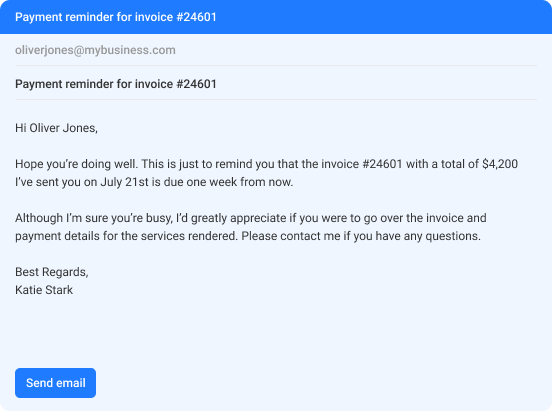
→ DOWNLOAD PAYMENT SAMPLE EMAIL TEMPLATE #1
Why write it like this? You don't need to ask for payment directly in the first invoice email – you just need to make sure your client is well aware of your payment terms and basic information beforehand. By sending an invoice email before the payment date, you ensure the client has enough time to gather and organize payment documentation. Also, you'll position yourself as a professional who regularly tracks invoices – and sends reminder emails if the client doesn't pay on time.
Ask for payment email sample #2 – The day of the payment due date
How to write it?
☑️ Friendly
☑️ Short
☑️ With a clear call to action
EMAIL SAMPLE #2:
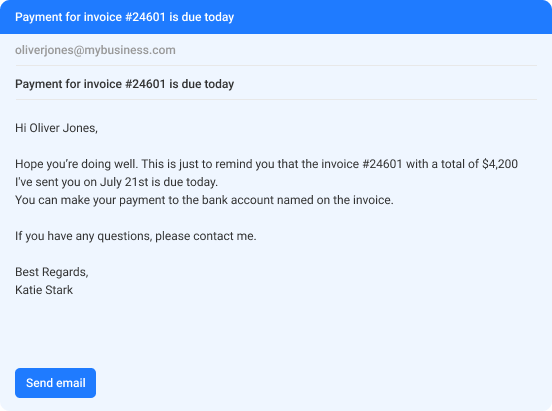
→ DOWNLOAD PAYMENT SAMPLE EMAIL TEMPLATE #2
Why write it like this? This is still just another polite reminder, so maintain a completely friendly tone – the bill isn't overdue yet. The most effective choice is to make this email clear and concise – with a direct call to make the payment in order to meet today's payment deadline.
Ask for payment email sample #3 – A week after the payment due date
How to write it?
☑️ Informative
☑️ Firmer tone
☑️ Emphasis on the time the invoice is overdue
☑️ Include a copy of the invoice in the attachment
EMAIL SAMPLE #3:

→ DOWNLOAD PAYMENT SAMPLE EMAIL TEMPLATE #3
Why write it like this? This is your first email about the invoice being overdue – so, you'll need to maintain a firmer tone and include a straightforward CTA. Make sure you repeat the basic invoice information – including the invoice number, the date it was sent to the client, and the total amount due. You're still giving your client the benefit of the doubt, so make sure you also include a copy of the invoice itself in the attachment – perhaps you'll find the attachment was faulty, and the client did not receive the invoice.
Ask for payment email sample #4 – Two week after the payment due date
How to write it?
☑️ Direct
☑️ Clear CTA
☑️ Ask the client to confirm they received the invoice email
☑️ Emphasis on the time the invoice is overdue
☑️ Include a copy of the invoice in the attachment
SAMPLE EMAIL #4:

→ DOWNLOAD PAYMENT SAMPLE EMAIL TEMPLATE #4
Why write it like this? As your second direct reminder email telling the client his/her payment is overdue, you'll need to be even firmer and more direct. A clear call to action and asking the client to confirm they received the invoice email will lessen the chances that the client will ignore the email.
Although the benefit of the doubt is mostly gone by now, sending another attachment of the invoice will make the client who had trouble opening the attachment in the past aware of the invoice. As for the client who's purposefully ignoring your invoice emails, well, he/she will get another reason less to ignore you.
Ask for payment email sample #5 – One month after the payment due date
How to write it?
☑️ Direct
☑️ A firmer and tougher approach
☑️ Still professional and kind
☑️ Don't make it personal
SAMPLE EMAIL #5:

→ DOWNLOAD PAYMENT SAMPLE EMAIL TEMPLATE #5
Why write it like this? Considering that you've already sent a couple of invoice emails that have been completely ignored, you're free to take a firmer and tougher approach with this requesting payment letter – just make sure you remain professional, and kind as much as possible. If you turn to threats and direct accusations, you risk seeming unprofessional and tarnishing your reputation – and you'll be less likely to get paid.
What if you're still not getting paid?
Sometimes, despite all your best emailing efforts, you still won't get paid, or receive any kind of response.
In such cases when you don't get a reply (and start to lose patience), it's time to forgo emailing – and call the client directly. Most of the time, a simple, direct talk with the client is enough to set a lot of records straight.
When talking to the client over the phone, make sure you tick the following boxes:
☑ Introduce yourself and explain why you're calling
☑ Be clear, concise, polite, and short
☑ Speak clearly
☑ Don't use slang words and expressions
☑ Don't make direct accusations about the client not paying you
☑ Maintain an impersonal and polite tone that gives your client the benefit of the doubt
☑ Summarize all details agreed upon before the conversation ends
If in doubt about what to say to your client, simply start with:
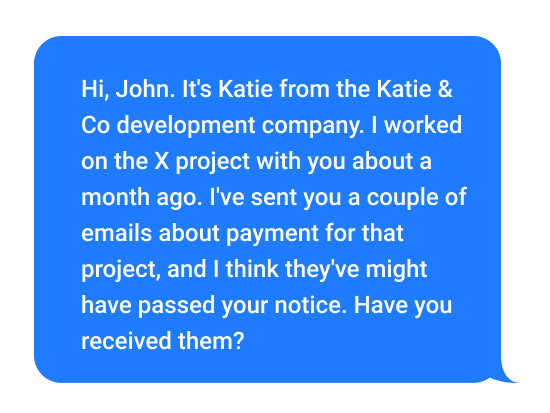
No matter how the conversation continues from there, you're likely to get some answers to your payment being late and your invoice emails receiving no reply:
- You may find that the email address you've been sending invoice emails to is wrong and that all your carefully crafted emails ended up in an inbox abyss
- You may find that you've been sending your invoice emails to the wrong person altogether, especially if you're doing business with a larger company
Whatever the reason may be, you'll be more likely to learn about it if you talk with your client over the phone.
You'll also be able to polish out the details for finalizing that payment in a more brisk manner than you'd be able via email – probably because you won't have to wait long for the reply.
What if your back-up plan doesn't work?
If you're really out of luck, your client may not answer the phone:
- Maybe they're in the middle of a meeting and trying to focus on it, so they've put their phone on silent
- Maybe they don't have your phone number memorized and don't like answering phone calls from unknown numbers
- Maybe talking over the phone makes them feel uncomfortable, and they prefer to avoid it
In any case, if you already have your client's number, you can try texting as an easier and faster way of getting in touch fast – just send something along the line of:

Sending such a text feels more approachable than having a direct phone conversation, and puts clients who don't like to talk over the phone more at ease.
Chances are, once the client understands who you are, you'll receive a call from them, or a message indicating when it would be a good time to call back.
Tips and strategies for getting paid on time
Most of the time, if you're unsure a client you're working with will pay you, making precautions may be a better tactic than chasing after them after you've finished and delivered the project.
Here are some ways you can maximize the chances a client pays you for your work:
Provide the client with precise records of your work ⬆️
If you always have precise and transparent records of the work you finished for a client, you'll always have proof they owe you payment.
Your best option to achieve full transparency and accountability with your clients, as well as build a better, more trustworthy relationship with them, is to use the timer tracker Clockify. With it, you'll be able to:
- Track time on all client-related and project-related work
- Have the earnings for the work you tracked automatically calculated, based on the hourly rates you set directly within the app
- Generate, save, and export reports you can then send to the client


Download report sample
By doing so, you'll be providing the clients with a clear overview of the work you've accomplished for them, concrete proof you've finished within the deadline, as well as the clean amount they owe – all of which is data that gives further weight to your invoices.
Pick a great payment processor 💵
To further ease the matter the payment, you'll need to settle on a freelance payment processor that's both efficient for you, and easy to use for the client.
PayPal is an efficient, standard choice, but there are also other useful payment processors you can try out, depending on your own preferences, your client's convenience, as well as the region you live in.
Invoice efficiently 🧾
A professional-looking invoice will increase the chances of you getting paid – and there are plenty of invoicing tools you can try for this purpose.
Such tools help you organize and keep in order your due payments and invoices.
Moreover, most of these tools also send reminders to you when the invoice is overdue, and you won't have to worry about missing a payment because you were disorganized, or because you simply forgot to send an invoice.
Draw a contract 📋
Sometimes, it's best to put your rights and obligations on paper – a contract may not be the most crucial element in your work, especially if you run a small business, but it may help tip the scales in your favor.
When drawing a contract, make sure you include the following elements:
- The parties involved in the contract
- The precise project delivery and payment terms
- A passage clarifying the matter of intellectual property upon project completion
- A passage stating your work is your intellectual property until full payment is made
- A passage about a penalty fee in case the original payment date is overdue
- A passage clarifying what should be done in case of a dispute
You can also consult a legal entity about other elements you should include in your contract.
Even if the contract still cannot guarantee the clients will pay you, it may still encourage them not to hesitate too long with their payments.
Ask for an advance deposit 🏦
Asking for an advance is another element you should include in your contract, but it merits extra emphasis – because it helps you separate the serious clients from the ones likely to bail on paying.
If a client is willing to pay part of the agreed amount in advance, he or she is likely serious about paying you in full at the end of the project – otherwise, they'll likely frown upon this section in your contract, or downright refuse to sign it.
As an alternative, If you think that a hefty advance deposit would turn away first-time clients who may be wary of your work, you can ask for smaller payments to be made to you when you reach certain project milestones.
In summary…
When wondering about how to ask for payment without being rude, the most important thing you need to remember is to be direct, but also kind and professional.
Write several payment reminder emails you'll send in regular intervals.
It's important to send one invoice email before the payment date, and one invoice email on the day payment is due, to give your clients plenty of time to make the necessary arrangements.
Afterward, you should send several emails with direct requests for payment – each with a firmer and more direct tone, but still impersonal and friendly.
Unless the client answers your emails, perhaps there's a problem with the email address you are sending to, or a similar problem you're unaware of – in case of no response after a full month of emailing, turn to calling or texting the client.
As additional support, take extra precautions to ensure the client has all the chances of paying you on time and in full:
- Provide clients with proof of the work you've done, in the form of the time you tracked on their project
- Provide clients with the precise calculations for the amount they're due to pay you, in the form of time tracking reports
- Choose an efficient payment processor
- Use an invoicing tool to make professional-looking, payment-inviting invoices
- Draw a suitable contract – preferably with a deposit(s) clause
Related Posts
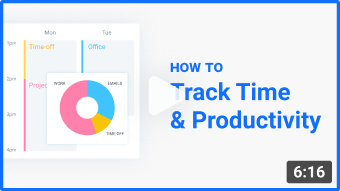
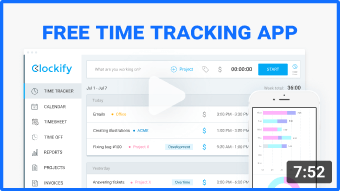
Start tracking time with Clockify
Unlimited users
•
Cancel anytime
•
Free forever
Legal Letter to Tell Someone Ro Back Iff Business Dwal
Source: https://clockify.me/blog/business/ask-for-payment/
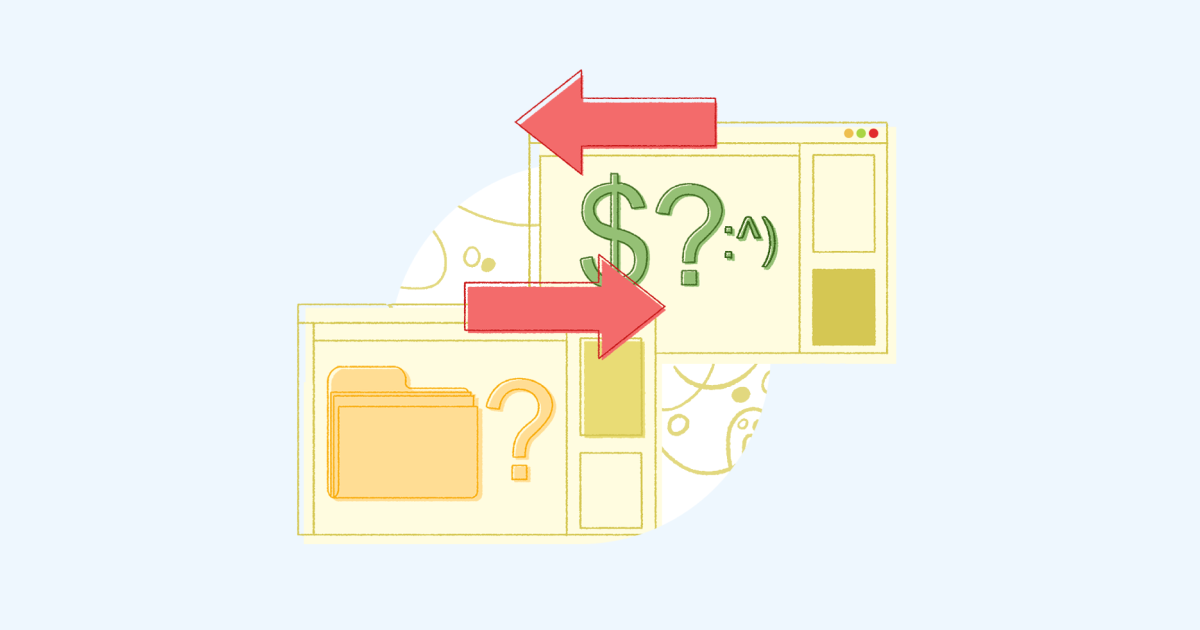
0 Response to "Legal Letter to Tell Someone Ro Back Iff Business Dwal"
Post a Comment